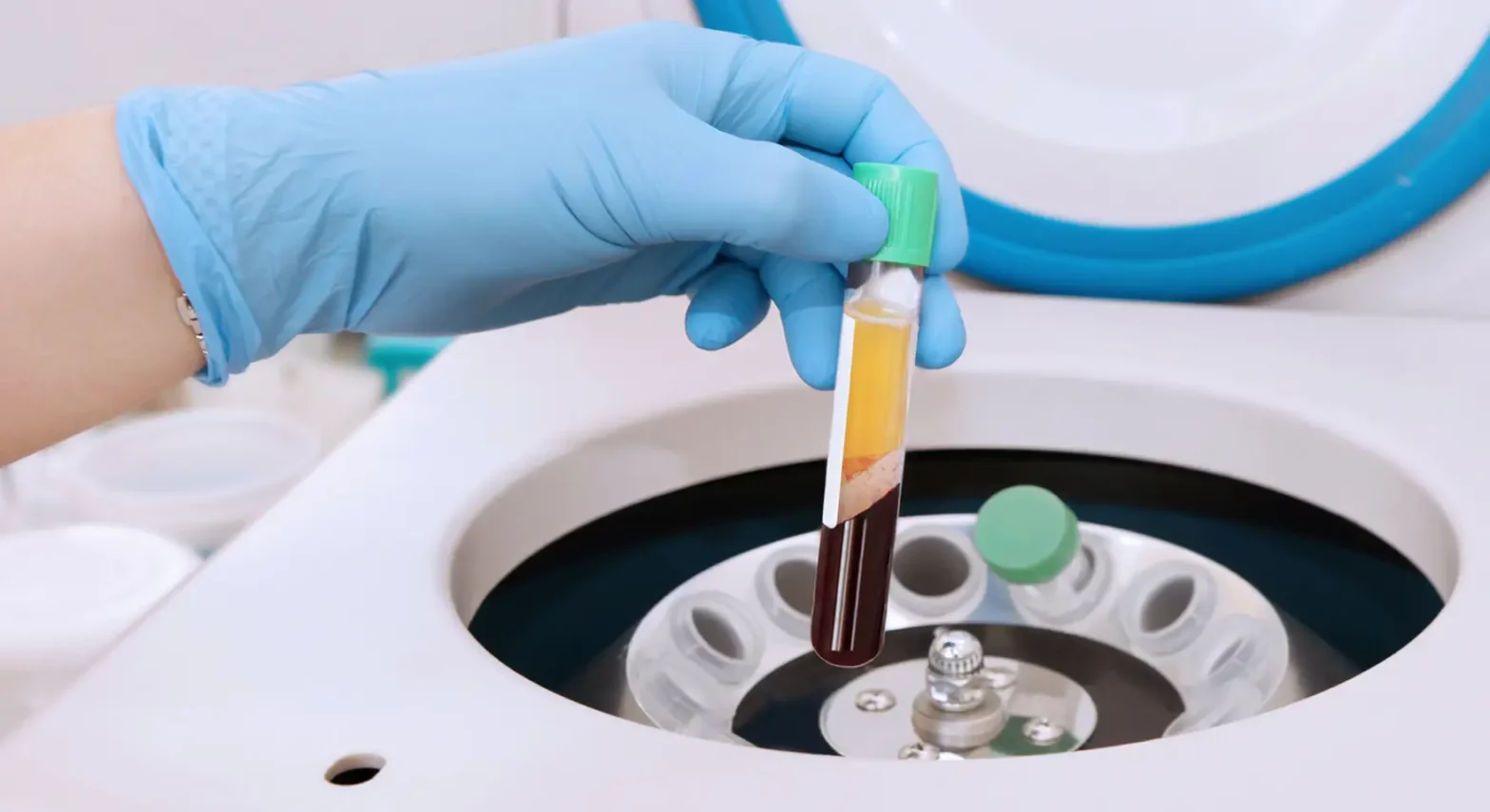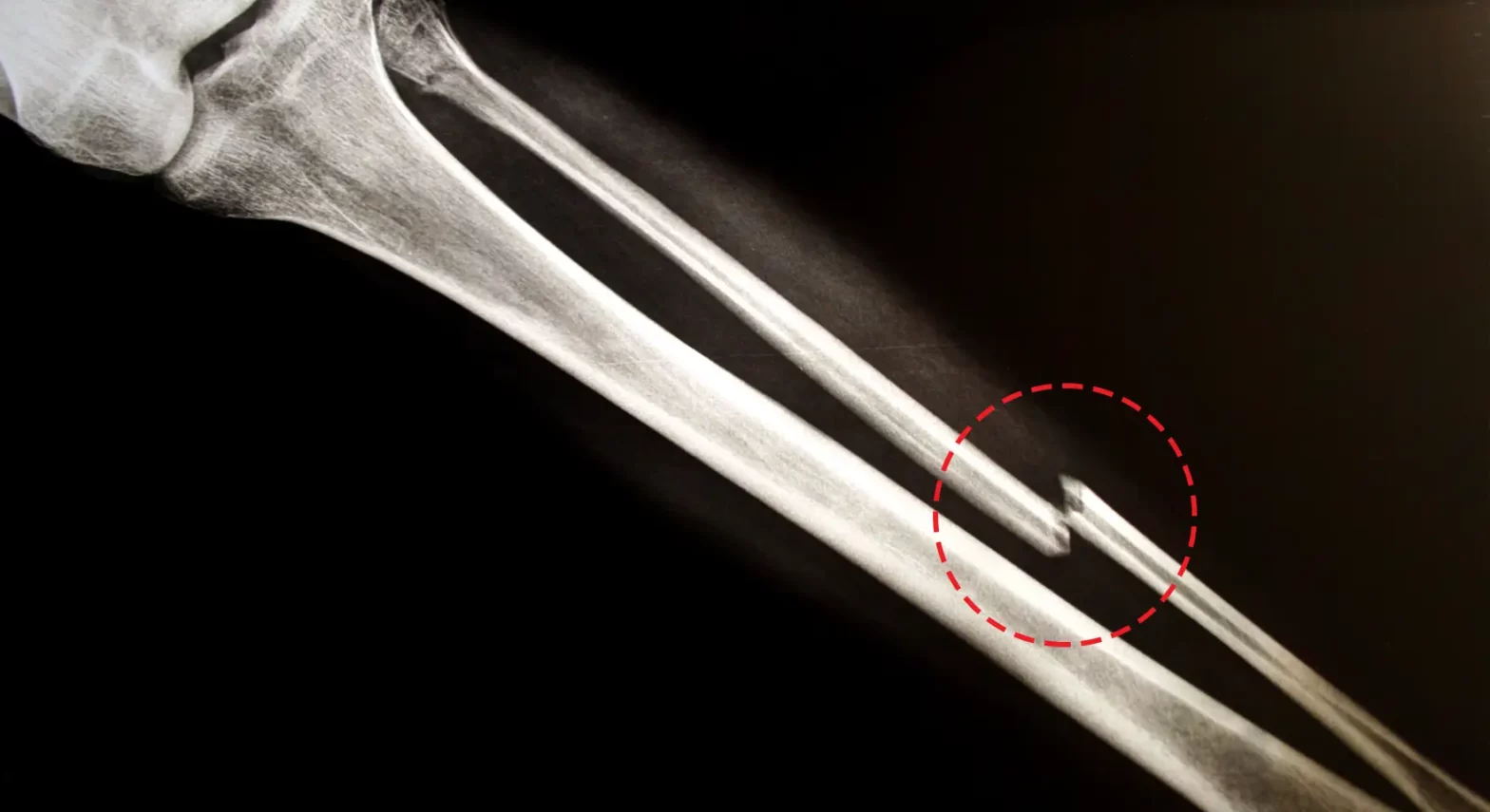December 22nd, 2023
The Role of Peptides in Bone Healing and Regeneration (CGRP, OGP, BPC-157)

Although we may not realize it, the process of bone healing and regeneration plays a critical role within our bodies. Most people will break at least one bone over the course of their lives[1]. When a bone is broken, our body immediately reacts by mounting two responses: one at the cellular level where thousands of microscopic cells rush to repair the damaged tissue, and another at the whole-body level where our immune system and musculoskeletal system work together to fix the injury. Both of these responses must be coordinated, swift, and precise. It’s a delicate process that restores our bone back to its normal health, as if the fracture never even happened.
This amazing sequence of events usually unfolds without a hitch but every once in a while, things don’t go according to plan. Whether it’s a bone that fails to heal swiftly or a fracture that realigns incorrectly, approximately 5-10 % of all fractures are associated with impaired healing[2]. Unfortunately, this can result in poor outcomes for patients who have to deal with ongoing pain, discomfort, and follow-up procedures. More importantly, a fracture that doesn’t heal properly can leave patients with an inability to return to their normal day-to-day activities.
This is where peptides enter the story.
Amino acids are molecules used by all living things to make proteins. Peptides are short chain amino acids, meaning they are small, compact proteins. Like amino acids, peptides occur naturally in the human body, including within the hormones and neurotransmitters that regularly circulate within our tissues[3].
How do peptides help bone healing? Over the past few decades, bone regeneration research has discovered that certain peptides might be able to play a role in speeding up the bone healing response[2].

Bone is constantly renewing itself. This means that even when fractures are not present, our bones are in a state of perpetual remodeling. Tiny cells known as osteoclasts and osteoblasts digest old bones while simultaneously laying down new, healthy bone in its place[4]. Scientists are trying to understand how peptides can be utilized to make the process of bone remodeling more efficient.
Some of the peptides that have shown some promise include the following:
Parathyroid hormone peptide
Parathyroid hormone peptide is a naturally-occurring protein that stimulates bone formation. It is currently being used for the treatment and prevention of osteoporosis[5], a condition that primarily affects older adults and the ability to create new, healthy bone. These peptides stimulate the cells that help to build bones while also preventing those same cells from dying[5]. In short, this peptide keeps the ‘good bone cells’ around for longer periods of time.
Calcitonin gene-related peptide (CGRP)
Calcitonin gene-related peptide is found in the sensory nerve endings in bone. Similar to parathyroid hormone peptide, it has been found to play a role in bone formation. Studies show that CGRP levels increase in patients with fractures. It is thought that this plays an important role during the inflammatory stage of bone healing[5]. CGRP may also assist with damaged tissue repair.
Osteogenic growth peptide (OGP)
Studies have found that the naturally-occurring osteogenic growth peptide can increase bone formation and overall bone mass[5]. Additionally, it may promote cells that slow down the process of bone aging[6].
P-15 and RDG
P-15 and RDG stand for PepGen and Arginyl-glycyl-aspartic acid, respectively. Don’t let the long names scare you, they’re simply fancy terms for the amino acids found within these peptides. Both P-15 and RDG can enhance the presence of other molecules that promote bone growth[7].
BPC-157
Found primarily within the stomach, BPC-157 has shown promise for a wide range of issues. It is thought to benefit the entire gastrointestinal tract, as well as playing a positive role following strokes, schizophrenia, and spinal cord injuries[9]. Consistently, researchers have discovered that BPC-157 exerts beneficial effects throughout the body[9]. A 2010 research study in rats found that when given BPC-157, faster improvements in the healing of ligament and tendon damage occurred within the animals[10].
However, it is not all rosy news with this protein. BPC-157 is classified as an experimental peptide, as it is still being examined for its safety and broader effects on the human body. The world anti-doping agency (WADA), an international agency in charge of governing the use of drugs in sports, banned the use of BPC-157 by athletes in 2022[11]. Much more research still needs to be carried out to determine how best to use this peptide safely and effectively[12]. Although BPC-157 isn’t quite ready for mainstream use, it’s certainly one to keep an eye on in the future.
These peptides are just a handful of amino acids that are thought to play a key role in bone health and regeneration. To date, well over twenty different peptides have been studied and assessed for their ability to make a meaningful impact in the bone remodeling process. So far, we have found promising results with certain peptides. Biomedicine is a field that is experiencing significant growth, and new advancements are being made all the time in bone tissue engineering. For example, the peptide Teriparatide is commercially available and being used as a treatment for osteoporosis[8].
It is hoped that these advances can make a real and lasting impact on how doctors and patients think about bone health. It also means that for those of us who experience fractures or bone-related medical conditions in the future, there is some hope that the healing and regeneration process can play out a little smoother and faster.
Find an Orthopedic Doctor in Your Area





